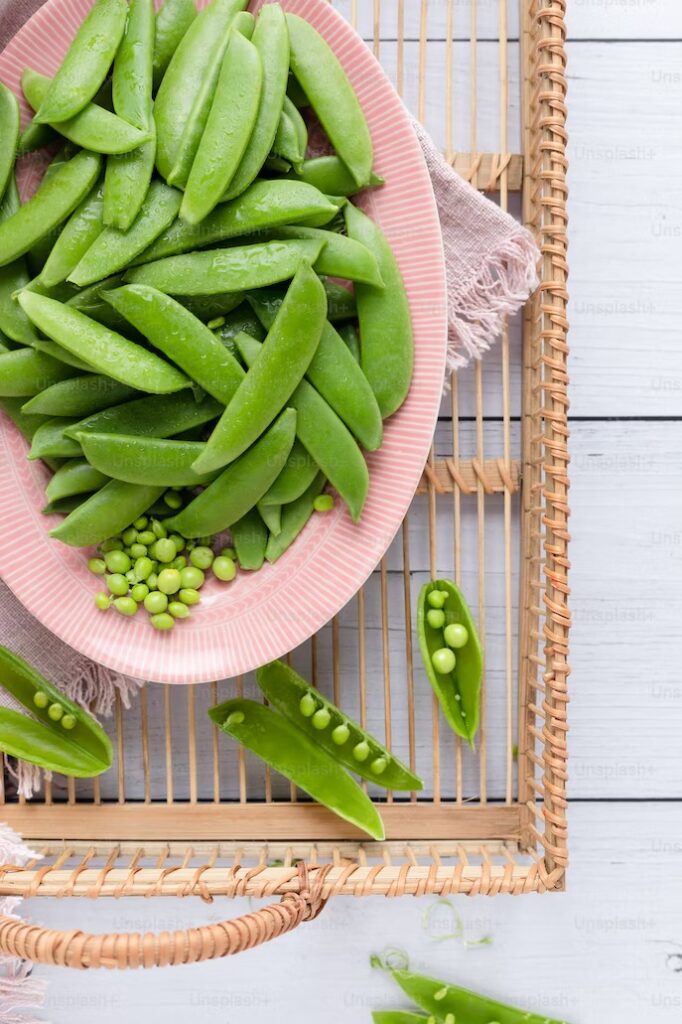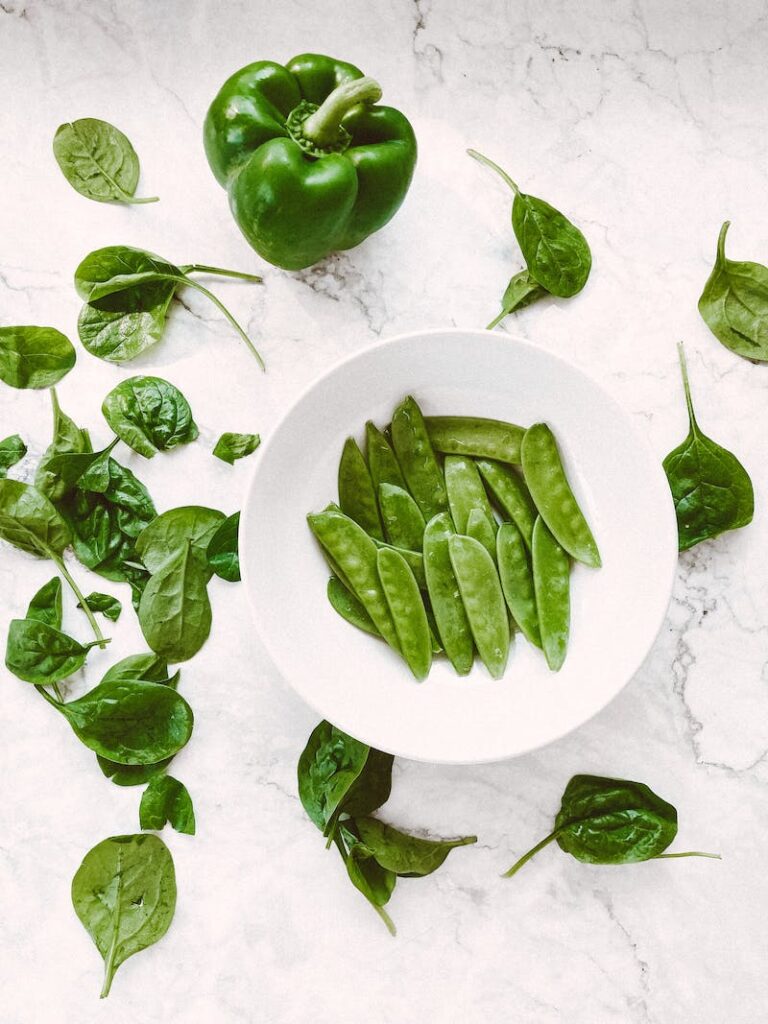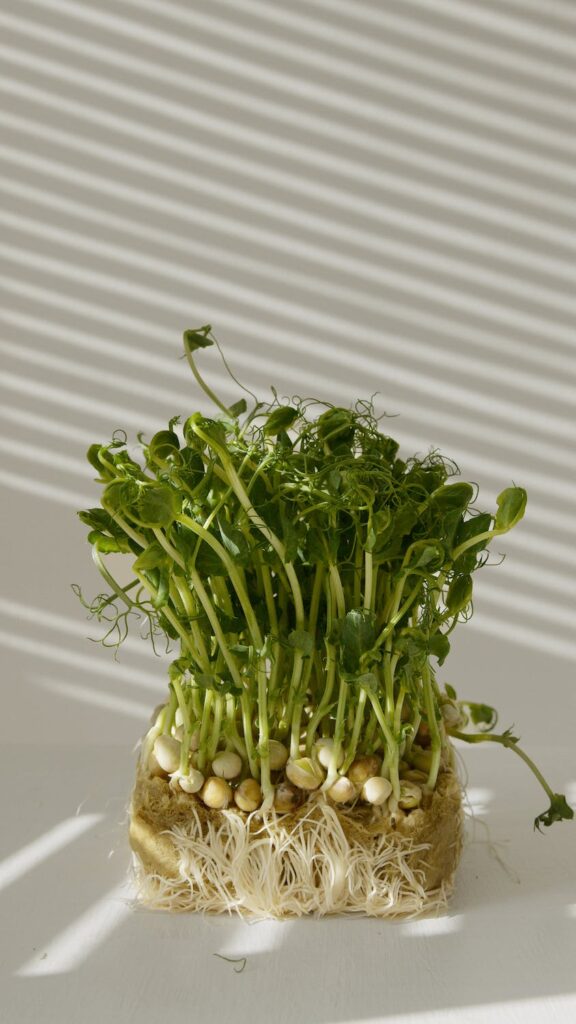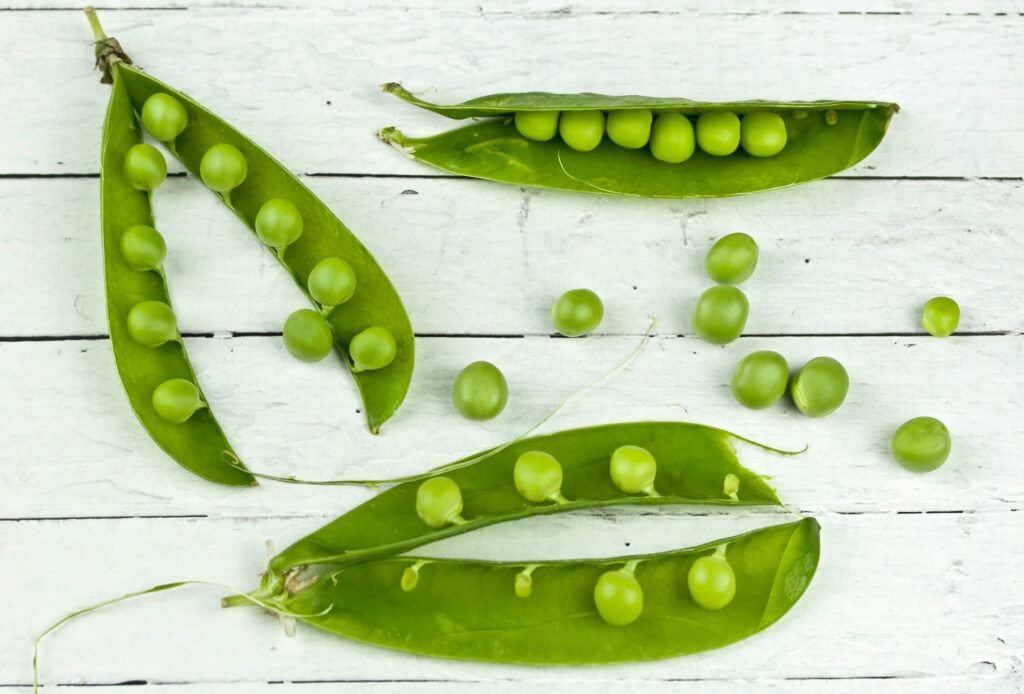Peas are a popular and nutritious vegetable that can be grown indoors as well as outdoors. Growing peas indoors can be a fun and rewarding experience for any gardener, whether you are an experienced green thumb or just starting out. In this article, we will discuss the benefits of growing peas as indoor plants, the best varieties to choose from, how to care for them, and some tips and tricks to help ensure a successful harvest.
Table of Contents
Benefits of growing peas indoors
There are several benefits to growing peas indoors. Firstly, it allows you to grow fresh, organic produce all year round, regardless of the season or weather conditions. Secondly, it saves space in your outdoor garden, especially if you have limited space or live in an apartment or urban area. Finally, indoor peas are less susceptible to pests and diseases than their outdoor counterparts, making them easier to grow and maintain.
Best Varieties of Peas for Indoor Growing
When it comes to choosing the best variety of peas to grow indoors, there are a few things to consider. Firstly, choose a variety that is suitable for indoor growing, such as dwarf or bush varieties, which have a compact growth habit and are ideal for containers. Secondly, choose a variety that is disease-resistant and has a high yield, such as ‘Alaska’ (shelling peas), ‘Little Marvel’ (shelling peas), or ‘Sugar Ann’ (sugar snap peas). Finally, choose a variety that suits your taste preferences, whether you prefer sweet, crunchy peas or more savory, earthy flavours.
Sugar Snap Peas
Sugar snap peas are a popular type of pea that are known for their sweet and crunchy flavour. They are harvested when the peas inside the pod are fully formed, but still tender. Sugar snap peas are a climbing plant, so they require support to grow properly.
Snow Peas
Snow peas, also known as Chinese pea pods, are another popular type of pea to grow indoors. They are harvested when the pods are flat and the peas inside are just beginning to form. Snow peas have a mild and slightly sweet flavour, and are often used in stir-fries and salads.


Shelling Peas
Shelling peas, also known as garden peas, are another popular type of pea to grow indoors. They are harvested when the peas inside the pod are fully formed and have a sweet and slightly starchy flavour. Shelling peas are a climbing plant, so they require support to grow properly.
Dwarf Peas
Dwarf peas are a smaller, bushier variety of pea that are well-suited for growing indoors. They do not require support to grow, making them an ideal choice for smaller containers. Dwarf peas come in a range of colours and flavour profiles, and can be harvested when the pods are still small and tender.


Micro Peas
Micro peas are a type of pea that are grown specifically for their edible shoots, rather than their pods. They are harvested when the shoots are just a few inches or centimeters tall, and have a sweet and delicate flavour. Micro peas are often used as a garnish or in salads.
When choosing a type of pea to grow indoors, it is important to consider the size of your container, as well as the support system you plan to use. Climbing varieties, such as sugar snap peas and shelling peas, will require a trellis or pea fence for support, while bush varieties, such as dwarf peas, will not. Additionally, it is important to choose a variety that is well-suited for indoor growing conditions, such as low light and limited space.
How to Plant Peas Indoors
To plant peas indoors, you will need a few basic supplies, including a container, potting soil, and pea seeds. Choose a container that is at least 6-8 inches (15-20 centimetres) deep and has drainage holes at the bottom. Fill the container with potting soil, leaving about an inch of space at the top. Moisten the soil with water, but avoid over-watering, as this can lead to root rot.
Next, plant the pea seeds about an inch deep, spacing them about 1-2 inches (2.5 – 5 centimetres) apart. Cover the seeds with soil and gently pat down the surface. Water the soil lightly to keep it moist, but avoid soaking it. Place the container in a sunny location, such as a south-facing window, where it will receive at least 6-8 hours of sunlight per day.
Caring for Indoor Peas
To ensure a healthy and productive harvest, it is important to care for your indoor peas properly. Here are some tips for caring for indoor peas:
- Watering: Peas need regular watering to keep the soil moist but not waterlogged. Water the soil when it feels dry to the touch, but avoid over-watering, as this can lead to root rot.
- Fertilising: Peas do not require much fertilizer, but you can use a balanced fertiliser once a month to help promote growth and flowering.
- Light: Peas require at least 6-8 hours of sunlight per day, so make sure they are placed in a sunny location, such as a south-facing window. If your peas are not receiving enough sunlight, you can use a grow light to supplement their light needs.
- Support: Peas are climbing plants that require support to grow. You can use bamboo stakes or a trellis to provide support as the peas grow taller.
- Pruning: Peas do not require much pruning, but you can remove any dead or damaged leaves to promote healthy growth.
- Pest Control: Indoor peas are less susceptible to pests and diseases than outdoor peas, but you may still encounter problems such as aphids or spider mites. If you notice any pests, you can use an organic insecticide or insecticidal soap to control them.
Harvesting Indoor Peas
Peas are ready to harvest when the pods are plump and the peas inside are fully formed. The exact time it takes for peas to mature can vary depending on the variety and growing conditions, but most peas will be ready to harvest in about 60-70 days from planting. To harvest the peas, simply gently pull the pods from the plant. You can either eat them fresh or store them in the refrigerator for a few days. It is important to harvest the peas regularly to encourage the plant to produce more pods.
Conclusion
Growing peas indoors can be a fun and rewarding experience for any gardener. With the right variety, container, and growing conditions, you can enjoy fresh, organic peas all year round. Whether you are an experienced gardener or just starting out, try growing peas indoors and enjoy the many benefits of this versatile and nutritious vegetable.

